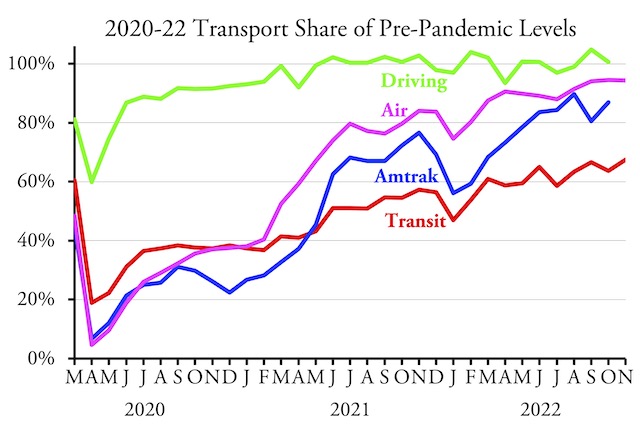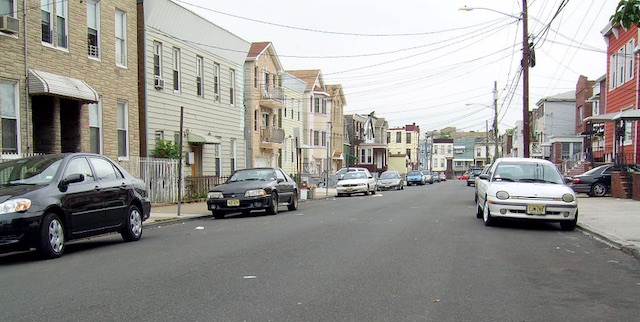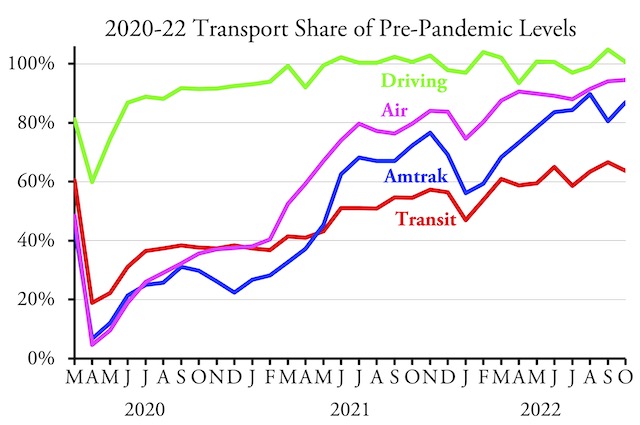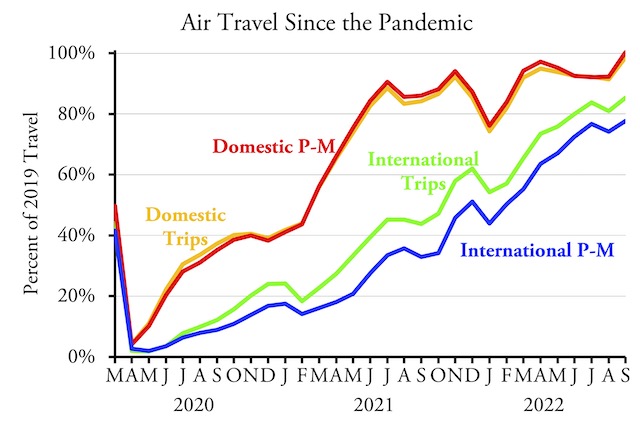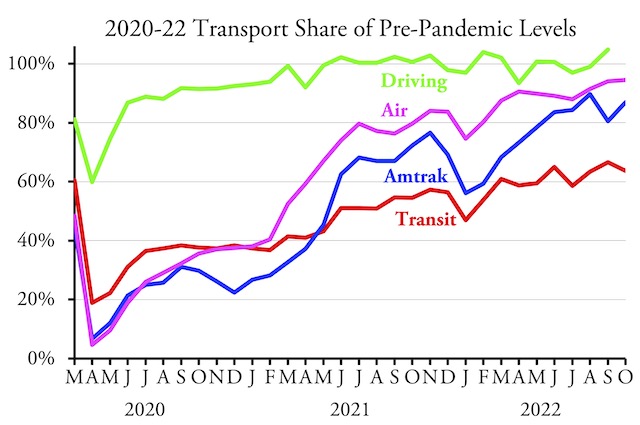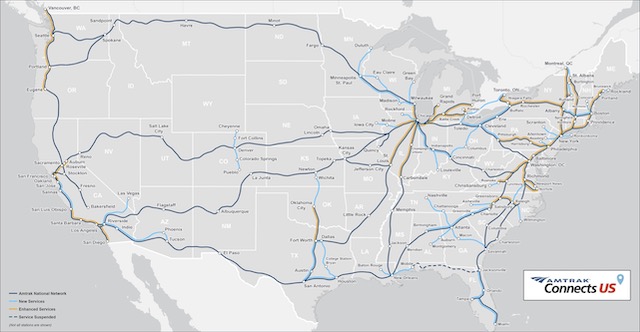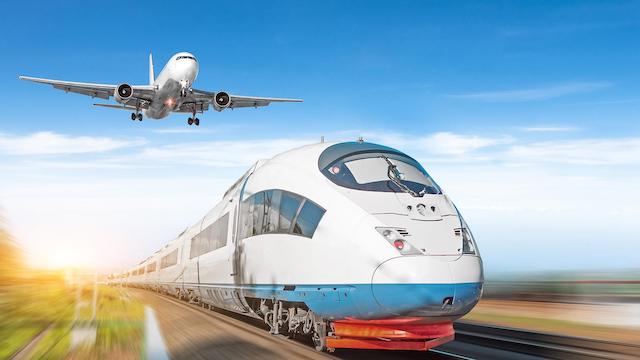This is a continuation of my posts about the Willamette Valley & Cascade Mountain Wagon Road.
Taking a page from his father’s example of the Minnesota mineral lands, Louis Hill turned his timber lands in Oregon into a trust. Louis, however, wasn’t as generous as his father. Instead of making Great Northern Railway stockholders the beneficiaries of the trust, he created the trust to provide a continuous income for his family. Actually, he made six trusts: one for each of his children, one for his wife, and one for himself. Each had a one-sixth undivided ownership of the timber lands. While the trusts were created in 1917, the lands earned no income for another two decades.

Congress’ policy of granting only every other square mile of land creates a distinctive checkerboard pattern. The dark green on this Google map is the Willamette National Forest while most of the light green squares are Hill trust forest lands. Highway 20 closely follows the route of the Santiam wagon road. Click here to see the same map in satellite view showing clearcuts on the Hill forest lands.
Shortly after Louis Hill acquired those timber lands, a forestry professor at UC Berkeley quit his job to start a forestry consulting firm in Portland. Dave Mason was a prophet of sustained yield forestry, which he described as “limiting the average annual cut to the production capacity” of a forest. This was in contrast to most timber land owners of the time, who generally bought land, cut the timber, and then let the land go for taxes. Continue reading →

